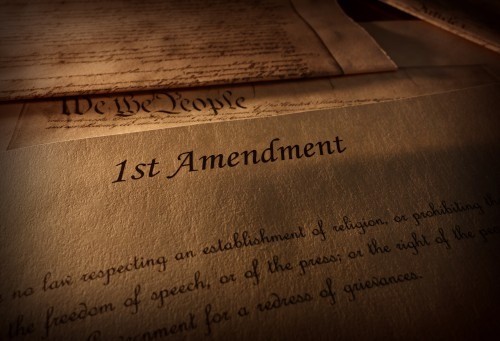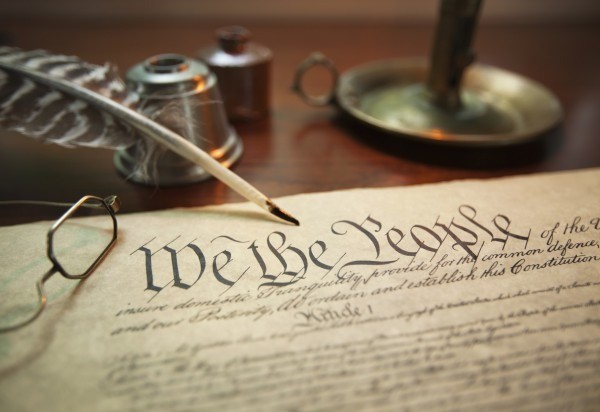While every aspect of our lives is in some way or form affected by legislation and politics, there can still be confusion about how our government breaks down. From the three branches of government to understanding our Constitution, we’re here to help clear some misconceptions.
The United States is not a Democracy
Before anyone gets confused or angry, this statement is in response to the fact that the United States is actually a democratic republic. A pure democracy would mean each and every one of the roughly 327.2 million people living in the United States has an equal say in what goes on in our governing bodies. In a republic, the people elect representatives and everyone’s rights are protected by a constitution or equivalent (one way to remember is that republic is about representation).
While we function more as a republic when compared to a democracy (and our Constitution calls us a republic), our government is set up in a way that incorporates both elements of a democracy and republic, hence the name democratic republic or representative democracy for our model. To learn a little bit more about the difference between a republic and democracy, check out this article from ThoughtCo.

The First Amendment Wasn’t Originally Listed First:
The ten amendments in the Bill of Rights came to be after states and political leaders proposed 200 amendments which James Madison then parsed down to 17 and submitted them to Congress. The House approved all 17, but not all of them passed the Senate. What we’ve come to know now as the First Amendment was originally the third amendment, so no, it was not listed first because the Framers saw it as the most important amendment. Another fun fact, the original second amendment which addressed congressional salaries is actually now the 27th Amendment, all because Gregory Watson received a C on a paper about the subject (read about the full journey from NPR).
What Can and Can’t the President do?
For starters, the president cannot appoint Supreme Court justices. The president can only nominate candidates. The candidate can then be examined by the Senate Judiciary Committee, and then on to the full Senate. The president also cannot do anything to constitutional amendments, whether that be abolishing or overturning and amendment. Constitutional amendments only involve Congress and require the states to ratify the amendment for it to actually come into effect.
The position of president also doubles as a commander-in-chief, and while this doesn’t mean the president can declare war (the Constitution only gives the power to declare war to Congress), the president/commander-in-chief certainly does have the ability to enter a war considering the position’s control over troops. Another power the president has in the toolbox of the executive branch is executive orders. The Constitution doesn’t say much about executive orders, just that they exist. They have roughly equal power as a federal law, and should be used to “take Care that the Laws be faithfully executed,” as written in the Constitution. For those interested in reading all the Executive Orders passed, the Federal Register includes records starting in 1994.
While we’re on the subject of the president, the president is not directly elected by the people, even though the people do cast their votes. Those votes then go to the Electoral College, and each state’s number of representatives matches their number of representatives and senators in Congress. With the exception of two states (Maine and Nebraska), each state then operates as a winner-take-all. So, say in New York, candidate A has 60 percent of the popular vote, all of New York’s representatives in the Electoral College would still vote for Candidate A because the vote is winner-take-all rather than proportional. This makes it possible for a candidate to win the popular vote, but still lose the election — in fact, it’s happened five times in our history (1824, 1876, 1888, 2000, and the most recent 2016 election).

What About Congress’ Powers?
Congress is the only branch directly elected by the people and Article I, which delineates Congress’ powers, is the longest article of the Constitution. Congress is the main lawmaker on the federal level, and as mentioned earlier, Congress can declare war. In terms of checks and balances, Congress can also impeach and try federal officers (including the president). Presidential appointments, judicial appointments and treaties negotiated by the executive branch must also receive the approval of Congress to come into effect.
Of course there’s more to the government than just these few paragraphs, but hopefully this has peaked your interest to read up a bit more about our governing bodies (USA.gov is a great place to start with this article on the branches of government). Also, read up on our fairly short Constitution to better understand the foundations of our government.

